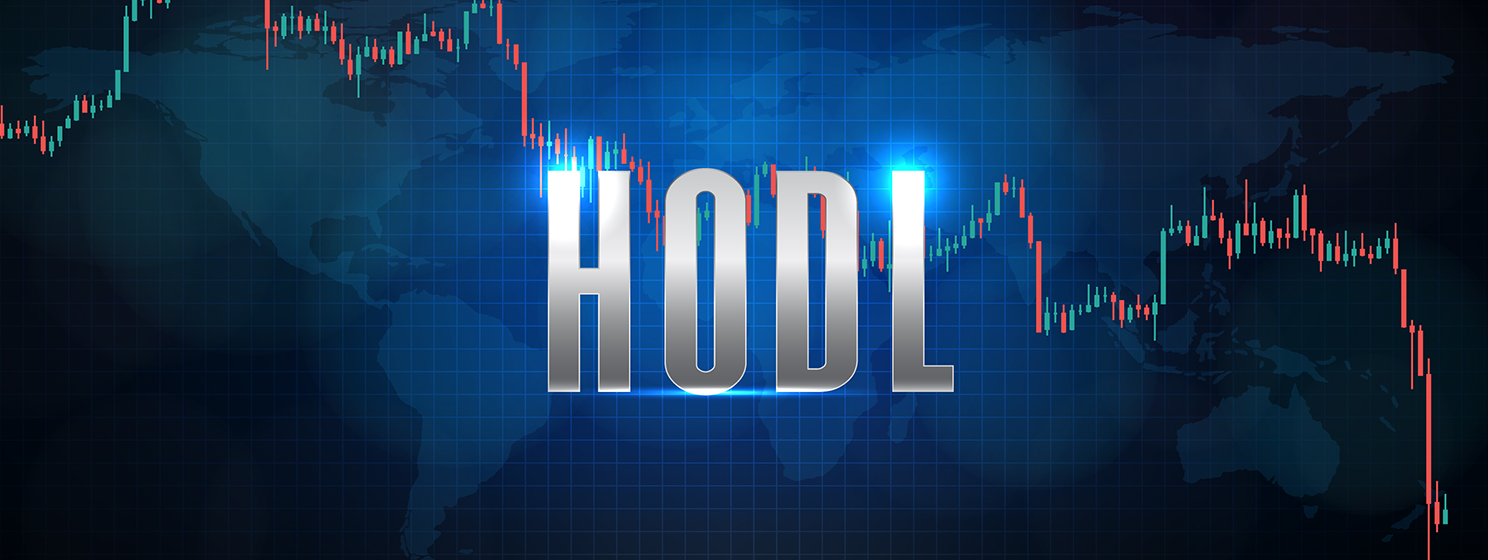$BLUE HODL Plan
Buy and hold BLUE for the long term

Disclaimer: This article is for personal record-keeping and learning only and does not constitute investment advice. Crypto assets are highly volatile and smart contracts carry risks. Please evaluate risks yourself and rely on official information.
Bluefin is a decentralized perpetual futures exchange (Perp DEX) for crypto derivatives. Under self-custody and transparent settlement, it aims to deliver a CEX-like trading experience. The community has recently proposed allocating 25% of net profits to buy back $BLUE (see the community discussion).
My core approach is: As long as valuation and mechanisms are reasonable, choose a “long-term, disciplined” HODL rather than chasing pumps and selling dips.
A rough estimate: with a current market cap of ~$50M and annual profit of ~$13M, the “buyback yield” ≈ 6.5% (= 25% × 13M / 50M). Right now $BLUE trades around 0.1, and my base position is roughly in that range. Position-building plan: allocate a portion of my monthly salary into LP pools to earn yield while accumulating the position gradually.
What I focus on
- Product and UX: ongoing iteration; clear UI and trade flow; latency and slippage kept within reasonable bounds.
- Ecosystem position: how the underlying chain and surrounding infrastructure coordinate and position themselves (this blog mainly follows the Sui ecosystem).
- The $BLUE token: used for governance and ecosystem incentives; all utility and emission/buyback mechanics are subject to official disclosures.
On the product side, I personally don’t trade perps, so no direct comment; other DeFi products iterate steadily without obvious shortcomings. Sui is still young and has the potential to become the next Solana. $BLUE launched in late 2024. The price fell quickly at first and has since ranged around 0.1. The team and developers have lockups of certain durations, making near-term selling pressure relatively manageable. The team repeatedly emphasizes long-termism, which aligns with my investment methodology.
Potential risks
- Protocol/contract risks always exist. Review public audits and operational history.
- Market liquidity and volatility can introduce execution/slippage risk.
- Token economics and governance changes can bring uncertainty.
At the core, risks come down to “security” and “people.” On security: another Sui project, Cetus, experienced a security incident in May 2025, which was resolved with multi‑party coordination. Bluefin has not had a major security incident so far, but nothing can be guaranteed. Sui’s Move language emphasizes resource and safety constraints by design, which can help reduce risk, but computer security is complex—there are no absolutes. The human factor matters as well. For example: Is on-chain revenue genuine? Is there wash trading? Will the team truly practice long-termism? Will they sell after unlocks? These are hard to judge from the outside. All we can do is keep seeking corroborating evidence and observing. Since 2020, the team has raised sizable funding (including rounds led by Polychain, etc.) and shipped multiple products without rugging.
My plan
- Buy and hold
$BLUEfor the long term; don’t chase pumps; don’t try to time the market frequently. - Prefer official lock/staking products (e.g., eBLUE).
- Provide liquidity as an LP in the ecosystem to earn incentives and possibly some beta (platforms and pairs subject to official info and actual participation).
- No leverage; don’t abandon the long-term plan due to short-term drawdowns; if fundamentals break (see “review criteria”), then consider reducing or exiting.
- Track public data and product iteration (for example, see Bluefin on DefiLlama).
- Most importantly, don’t allocate too much. Keep principal under $20,000 and be mentally prepared for a total loss.
Again: This article is for personal record-keeping and learning only and does not constitute investment advice. Crypto assets are highly volatile and smart contracts carry risks. Please evaluate risks yourself and rely on official information.